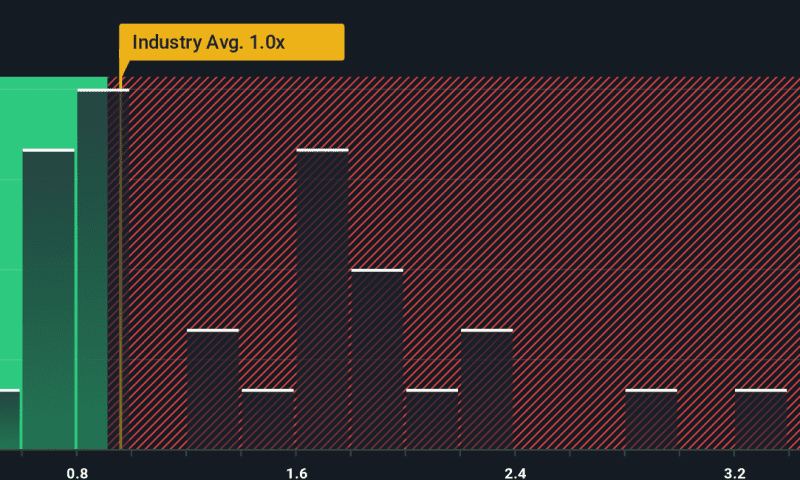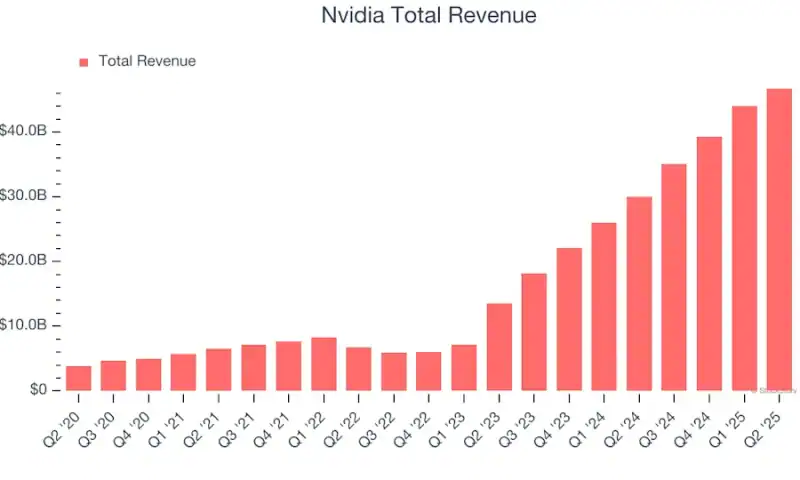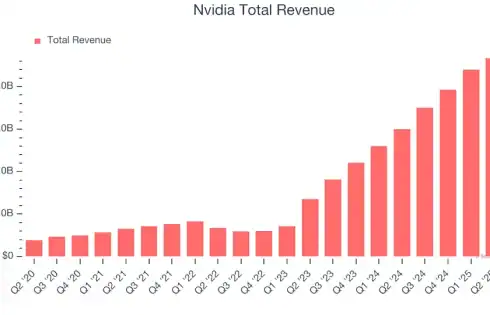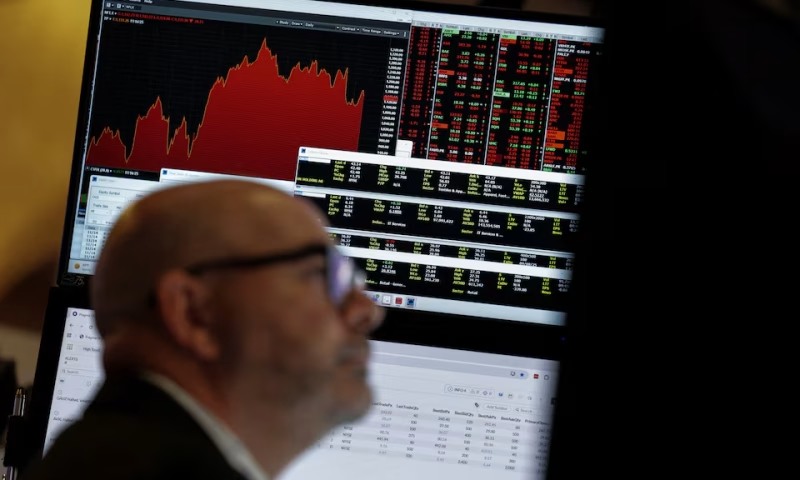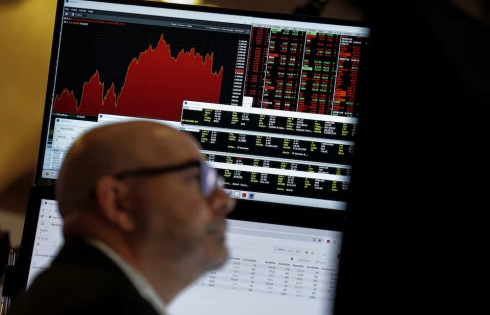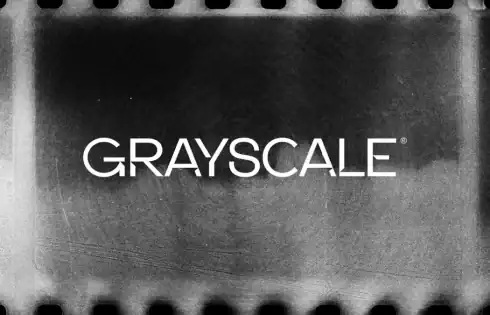ZIM Integrated Shipping Services Ltd. (NYSE:ZIM) Shares Fly 26% But Investors Aren’t Buying For Growth

ZIM Integrated Shipping Services Ltd. (NYSE:ZIM) shareholders would be excited to see that the share price has had a great month, posting a 26% gain and recovering from prior weakness. Unfortunately, the gains of the last month did little to right the losses of the last year with the stock still down 36% over that time.
Even after such a large jump in price, considering around half the companies operating in the United States’ Shipping industry have price-to-sales ratios (or “P/S”) above 1x, you may still consider ZIM Integrated Shipping Services as an solid investment opportunity with its 0.2x P/S ratio. Nonetheless, we’d need to dig a little deeper to determine if there is a rational basis for the reduced P/S.
What Does ZIM Integrated Shipping Services’ Recent Performance Look Like?
ZIM Integrated Shipping Services certainly has been doing a good job lately as it’s been growing revenue more than most other companies. It might be that many expect the strong revenue performance to degrade substantially, which has repressed the share price, and thus the P/S ratio. If you like the company, you’d be hoping this isn’t the case so that you could potentially pick up some stock while it’s out of favour.
Keen to find out how analysts think ZIM Integrated Shipping Services’ future stacks up against the industry? In that case, our free report is a great place to start.
What Are Revenue Growth Metrics Telling Us About The Low P/S?
The only time you’d be truly comfortable seeing a P/S as low as ZIM Integrated Shipping Services’ is when the company’s growth is on track to lag the industry.
Retrospectively, the last year delivered an exceptional 44% gain to the company’s top line. Still, revenue has fallen 38% in total from three years ago, which is quite disappointing. So unfortunately, we have to acknowledge that the company has not done a great job of growing revenues over that time.
Looking ahead now, revenue is anticipated to plummet, contracting by 25% during the coming year according to the six analysts following the company. The industry is also set to see revenue decline 7.0% but the stock is shaping up to perform materially worse.
With this in consideration, it’s clear to us why ZIM Integrated Shipping Services’ P/S isn’t quite up to scratch with its industry peers. However, when revenue shrink rapidly the P/S often shrinks too, which could set up shareholders for future disappointment. Even just maintaining these prices could be difficult to achieve as the weak outlook is already weighing down the shares heavily.
The Key Takeaway
The latest share price surge wasn’t enough to lift ZIM Integrated Shipping Services’ P/S close to the industry median. We’d say the price-to-sales ratio’s power isn’t primarily as a valuation instrument but rather to gauge current investor sentiment and future expectations.
As we suspected, our examination of ZIM Integrated Shipping Services’ analyst forecasts revealed that its even shakier outlook against the industry is contributing factor to why its P/S is so low. With such a gloomy outlook, investors feel the potential for an improvement in revenue isn’t great enough to justify paying a premium resulting in a higher P/S ratio. Typically when industry conditions are tough, there’s a real risk of company revenues sliding further, which is a concern of ours in this case. For now though, it’s hard to see the share price rising strongly in the near future under these circumstances.
You should always think about risks. Case in point, we’ve spotted 2 warning signs for ZIM Integrated Shipping Services you should be aware of, and 1 of them can’t be ignored.
If strong companies turning a profit tickle your fancy, then you’ll want to check out this free list of interesting companies that trade on a low P/E (but have proven they can grow earnings).

